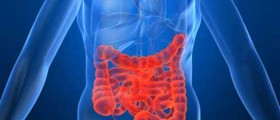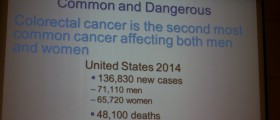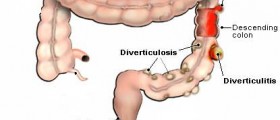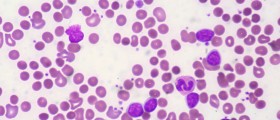
Signs and symptoms of ulcerative colitis
The signs and symptoms of ulcerative colitis depend on the severity of the disease. In most of the cases, patients will suffer from diarrhea, which is often mixed with blood and mucus. This symptom tends to come and go, and usually persist for a couple of weeks. In many cases, patients will lose some weight or even feel abdominal pain or cramping with bowel movements. In rare cases, this condition may include symptoms on other sites of the body, such as painful, arthritic knees, for example.
Ulcerative colitis and digestion
In ulcerative colitis, only the lining of the rectum and colon are affected by ulcers. This is the part of the digestive system where water and salts from solid foods are extracted and where the waste material is stored. This is the last part of the digestive system that continues to the anus. Therefore, patients affected with ulcerative colitis will have normal digestion but their condition will involve rectal bleeding and diarrhea, since the inflammation is limited to the rectum.
If a disease is mild, patients will have fewer than four stools a day and may not have any blood or systemic signs of toxicity. There may only be some mild abdominal pain or cramping.
In moderately affected patients, there will be just minimal signs of toxicity, and they will generally have more than four stools per day. However, this group of patients may be anemic and may complain about abdominal pain and low grade fever.
Severe disease is associated with more than six bloody stools a day. The most severe stage is a fulminant disease that is characterized by more than ten bowel movements daily, abdominal tenderness and distension. If left untreated, this stage of the disease may even be fatal.

















Your thoughts on this
Loading...